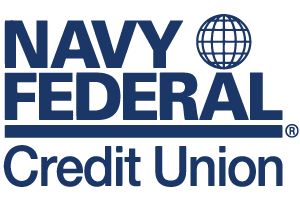Online personal loans
Online personal loans can offer quick funding and are easier to qualify for if you have rocky credit. And if you have excellent credit, many online lenders have rates that are on par with banks and credit unions.
No matter where you get your loan, taking on debt is a major money move. It’s essential that you get more than one offer before signing on the dotted line. On LendingTree’s loan marketplace, you could get up to five online offers at once. It’s free, and checking rates won’t hurt your credit score.
Buy now, pay later
Similar to personal loans, buy now, pay later (BNPL) works like an installment loan. There are multiple types of BNPL plans, but one of the most common is the zero-interest “Pay in 4” plan. With this, your purchase is split into four equal payments, which you’ll repay over a six-week period.
Not all BNPL sites and apps report payments to credit bureaus. If you’re looking to improve your credit score, this option might not be your best bet.
0% APR credit card
0% APR credit cards come with an introductory period that usually spans between six and 21 months. As long as you pay off your balance by the time your introductory period ends, you won’t pay any interest.
Beware, though. Making a late payment could cause the credit card company to put a premature end to your introductory period. Also, unlike a loan (which comes as a lump sum of money), you can use a credit card as much as you want, up to your spending limit. This might lead you to overspend.









